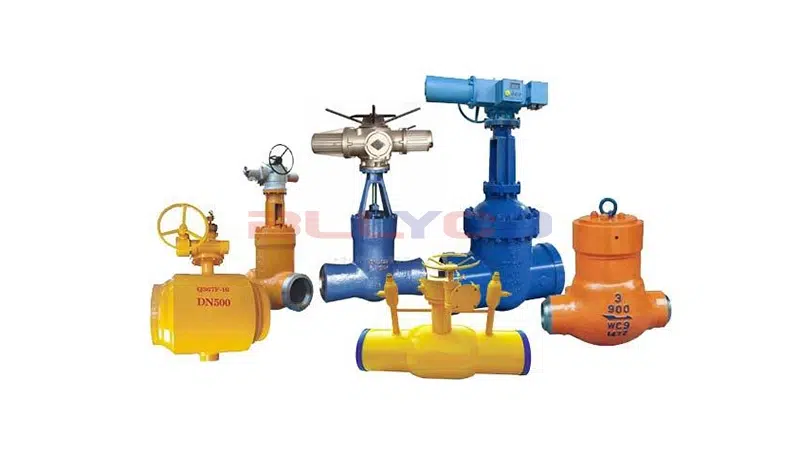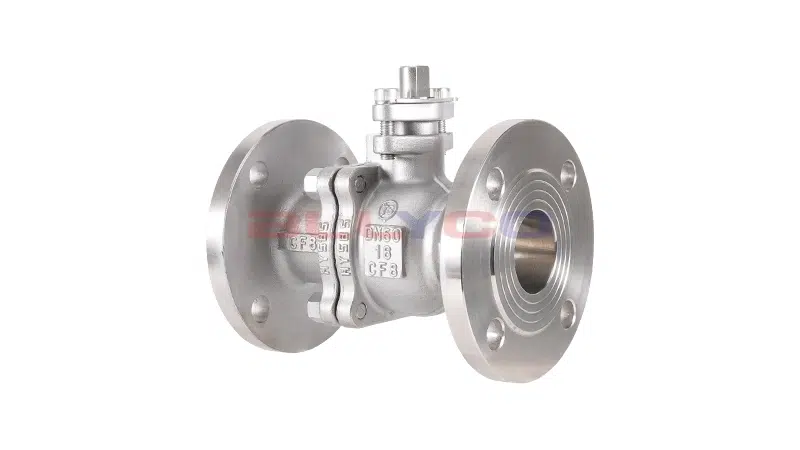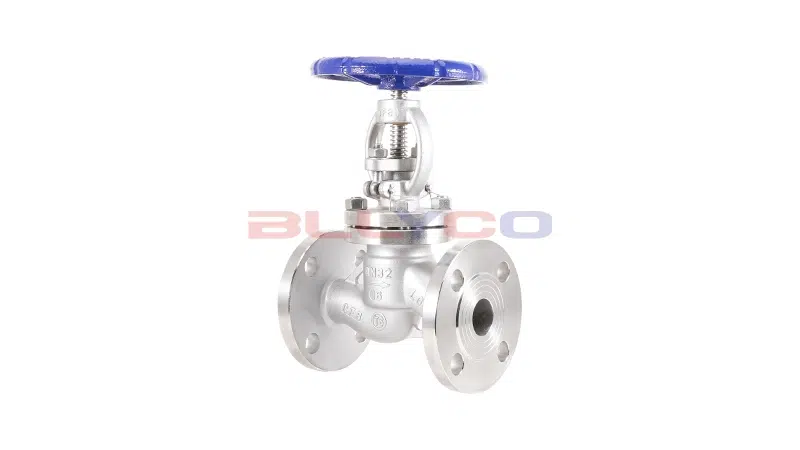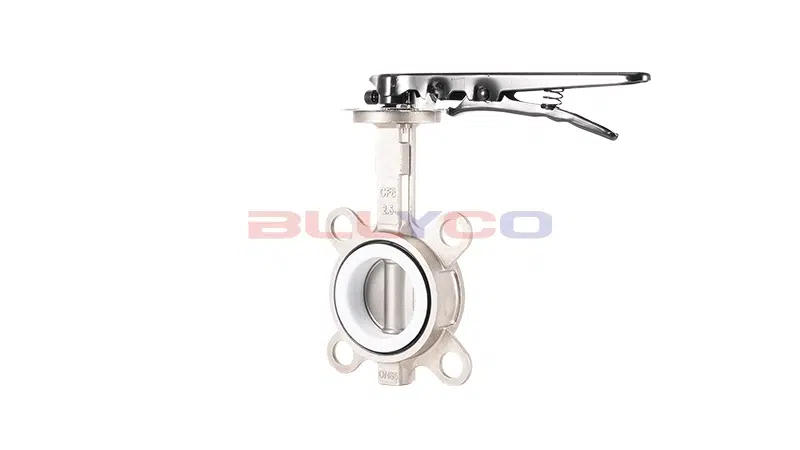Selection and application of gate, ball, globe and butterfly valves to help companies improve production efficiency
Date: 2025-06-12 Categories: News Views: 5236
Excerpt:
This article describes in detail the characteristics, advantages and disadvantages, and application scenarios of four common industrial valves: gate valves, ball valves, globe valves, and butterfly valves, to help companies optimize the choice according to the nature of the fluid, frequency of operation, flow regulation accuracy and other factors, in order to improve production efficiency, ensure pipeline safety and stable operation. Each type of valve has its own focus: gate valves are suitable for interception control, ball valves for efficient opening and closing, globe valves for precise regulation, butterfly valves for economic energy saving. When selecting the type of valve, we need to consider the durability, economy and working environment requirements.
This paper provides an overview of thegate valve,ball valves,stop valve,butterfly valveFour commonIndustrial valvesThe detailed analysis provides companies with the rightValve SelectionA guide to help improve productivity and ensure safe and stable pipeline operations.
With the rapid development of modern industry, valves in various types of production and piping systems are more widely used. Valves are not only indispensable control components in the pipeline, they play a pivotal role in ensuring the normal operation of production equipment, improve the efficiency of the system, to ensure production safety. In the many types of valves, gate valves, ball valves, globe valves, butterfly valves as a common and different functions of the valve type, widely used in various fields. How to choose the most suitable valve according to different needs?
Gate Valves: Reliable Flow Control
- Gate valve, as the name suggests, is mainly used for fluid cutoff control. It works by lifting and lowering the gate to realize the on-off control. When the gate valve is fully open, the fluid is almost unopposed, through the flow is large, suitable for long time fully open or fully closed occasions. Usually, gate valves are mainly used in places where complete stopping or complete through-flow is required, so they are suitable for water, gas and other fluids that do not contain solid particles.
- The biggest advantage of gate valves is that they have good sealing performance and the sealing surface can withstand high working pressure, so they are widely used in some high-pressure piping systems. Compared with other types of valves, gate valves are usually not suitable for regulating the flow rate, because they may lead to strong impact of fluid during the on-off operation, which may easily damage the valve body.
- Gate valves have relatively slow opening and closing speeds, requiring extended periods to fully open or close. Therefore, they are inadequate for applications demanding rapid actuation. Typical scenarios for their use include:Municipal Water Supply Systempetrochemical pipelines, and other similar facilities.
Ball valves: efficient and fast flow control
- Ball valve is a kind of valve with fast opening and closing characteristics, its working principle is to rotate the ball to realize the control of the fluid channel. The core component of the ball valve is a spherical valve body, by changing the position of the ball to adjust the flow. Ball valves have compact structure, rapid opening and closing, good sealing, and are a very efficient valve.
- Ball valves are usually used in liquid and gas flow regulation and control, especially suitable for the requirements of frequent switching or need to open and close quickly. The sealing surface of the ball valve adopts two forms of soft seal and hard seal, which can meet the needs of different media and working environment. Moreover, ball valves can ensure complete sealing when fully open and fully closed, reducing the risk of leakage, suitable for use in harsh working environments.
- Compared with gate valves, ball valves are more flexible and quicker to operate, especially in controlling and adjusting the flow rate, ball valves can be quickly switched to any position for precise adjustment. Ball valves are widely used in piping systems in the petroleum, natural gas, electric power, chemical, food and other industries, and are especially suitable for occasions that require fast switching, such as automation control systems and high-frequency operation systems.
Shut-off valves: precise flow regulation
- Globe valves are one of the most widely used valves in fluid control, and their main feature is their ability to be used through thecontrol valveThe contact state between the spool and the valve seat to accurately regulate the flow rate. Globe valves are often used in applications that require high adjustment accuracy and frequent opening and closing. Unlike gate valves, globe valves have a more complex structure and require a larger torque for the switching action, so their opening and closing speeds are relatively slow.
- The advantage of the globe valve is that it can accurately regulate the flow in a wide range of flow, especially suitable for occasions with high flow control requirements, such as liquid and gas flow control in industrial production. Because of its precise adjustment performance, globe valves have been widely used in petrochemical, pharmaceutical, food and other industries, especially for piping systems that require fine adjustment of flow.
- The disadvantage of globe valves is that they are slow to open and close and require high operating forces, so they may not be suitable for use in piping systems that require frequent opening and closing. The high fluid resistance of globe valves may result in high pressure loss when used in high flow pipelines. Therefore, other valves should be considered as alternatives for larger flow rates.
Butterfly valves: economical flow regulation
- Butterfly valve is a kind of valve with energy-saving characteristics, widely used in large pipe diameter, low pressure, flow regulation requirements are not high occasions. The working principle of butterfly valve is to regulate the passage of fluid by rotating the valve flap. Compared with ball valves, butterfly valves have the advantages of small size, light weight, simple structure, etc., and perform well in large flow, low pressure piping systems.
- The biggest advantage of butterfly valve is its lightweight and energy-saving, which is especially suitable for large diameter and high flow rate fluid pipelines. Butterfly valve can realize better flow control, and due to its better sealing performance, it can effectively avoid fluid leakage. Butterfly valves have high corrosion resistance and are suitable for acidic and alkaline media, so they are widely used in chemical industry, metallurgy, water supply and drainage and other fields.
- The disadvantage of butterfly valves is that their regulation accuracy is not as good as ball valves and globe valves, so they are suitable for occasions where the flow rate does not change much. If you need more precise flow regulation, you still need to choose other types of valves.
How to choose the right valve?
In the face of many kinds of valves, how to choose the most suitable valve for your production system? Choosing the right valve can not only improve production efficiency, but also extend the service life of the piping system. The following points can be used as a reference when selecting:
- Fluid properties and working environment: Different valves are suitable for different fluids and working environments. For example, ball valves are suitable for gas and liquid flow regulation, while butterfly valves are suitable for large pipe diameter and low pressure. According to the fluid temperature, pressure, corrosivity and other characteristics of the selection of the appropriate valve.
- Frequency of operation and opening and closing speed: If the piping system needs to be opened and closed frequently, ball valves and butterfly valves are a better choice. Because their opening and closing speed is fast and easy to operate. For the occasions that need to maintain a stable flow for a long time, gate valves are more suitable.
- Accuracy of flow regulation: If precise flow control is required, globe valves are undoubtedly the best choice. It can realize more accurate flow regulation, suitable for some fine operation of the production process.
- Durability and maintenance: Consider the service life of the valve and maintenance costs are also factors to focus on when selecting the type. Ball valves and gate valves have better sealing and are not easily damaged, while globe valves have a relatively complex structure and may be slightly troublesome to maintain.
- Economy: From the cost point of view, the selection of suitable valves should not only consider the price of the valve itself, but also the cost of long-term use, maintenance costs and so on. Butterfly valves are usually more advantageous in terms of economy due to their simple structure and lower cost.
Conclusion: Valve selection to help the future development of enterprises
Whether in the petroleum, chemical, electric power, food or water treatment industries, valves play a vital role. Each type of valve in the design of its unique advantages and applicable scenarios, to understand their characteristics and scope of application, can help enterprises in the actual production to make a more accurate choice.
The four types of valves, gate valves, ball valves, globe valves, butterfly valves, each with its own specialties, all play an important role in different industries. Choose the right valve, not only to improve production efficiency, reduce the failure rate, but also optimize the overall performance of the piping system. Hope that through the analysis of this article, companies can make a more appropriate choice of valves in the actual production, to lay a solid foundation for future development.






















